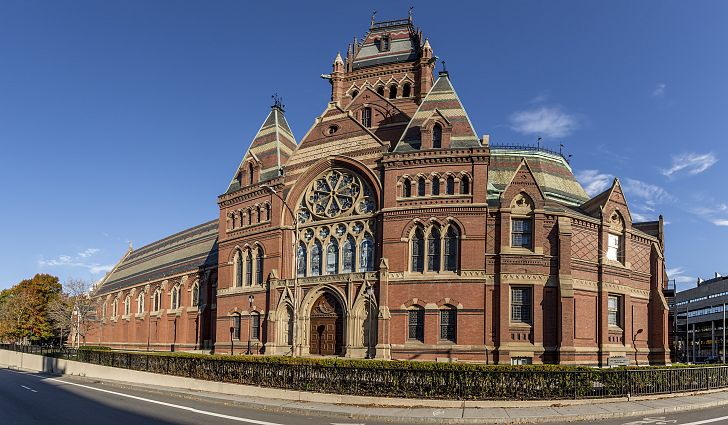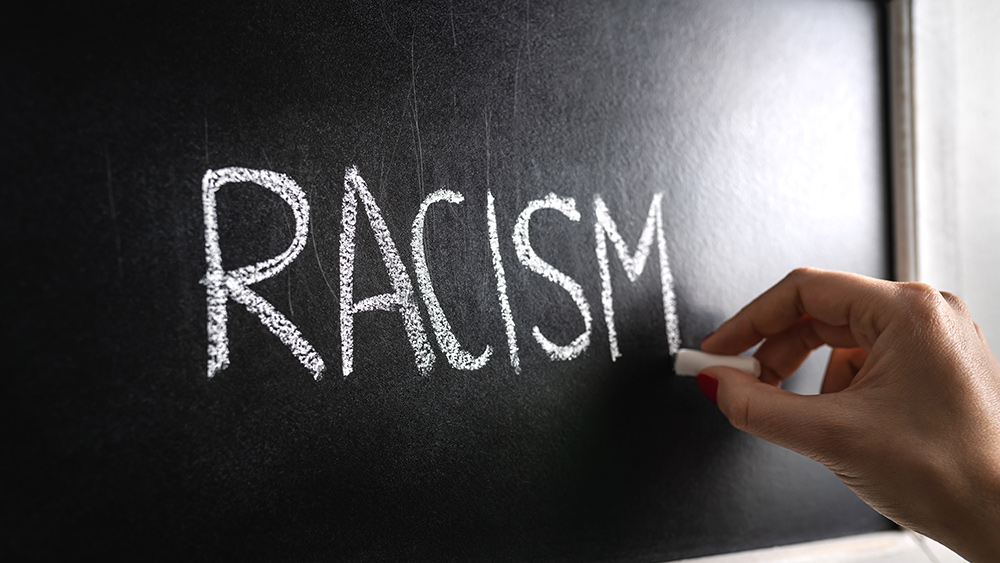Harvard vows to continue making enrollment decisions based on AFFIRMATIVE ACTION, which the Supreme Court ruled UNCONSTITUTIONAL
07/06/2023 / By Cassie B.

The Supreme Court may have ruled last week that making enrollment decisions based on affirmative action is unconstitutional, but a defiant Harvard University has vowed to continue weighing race when deciding who can attend the prestigious school.
A memo that was issued to the Harvard community by President Lawrence Bacow on June 29 referred to a specific line in the Supreme Court ruling that says that colleges can consider an individual’s “discussion of how race affected his or her life, be it through discrimination, inspiration, or otherwise” when deciding who can attend. According to the memo, admissions committees will use this part of the decision to continue making decisions based on affirmative action.
The memo reiterated: “…For almost a decade, Harvard has vigorously defended an admissions system that, as two federal courts ruled, fully complied with longstanding precedent. In the weeks and months ahead, drawing on the talent and expertise of our Harvard community, we will determine how to preserve, consistent with the Court’s new precedent, our essential values.”
The university maintains that a diverse student body is necessary for enhancing the learning environment and fostering creativity.
Some experts have criticized the school for going against the spirit of the ruling in such a blatant fashion, with Cornell Law School Professor William Jacobson tweeting: “The Supreme Court gave universities a narrow opening, and Harvard just announced it’s going to drive an affirmative action truck right through it.”
Steven Hayward, a government professor at UC Berkeley, wrote: “As I predicted, colleges are determined to defy the Supreme Court’s ruling today. Harvard’s new president issued a statement about how this is a ‘hard day,’ along with a signal that they stand ready to find a workaround.”
Several other colleges have also made no secret of their intention to skirt the decision. For example, Vermont Law & Graduate School has said that it will “consider how identity in all its manifestations, including race, ethnicity, national origin, gender identity, or sexual orientation, among others, have affected an applicant’s life.”
Although it may sound like this is a loophole that can allow them to do as they please, legal experts note that the ruling explicitly bans race from being used in decisions about admissions, even if it is through essays, and that the Harvard letter takes the ruling out of context.
The Supreme Court ruling states that “universities may not simply establish through application essays or other means the regime we hold unlawful today.”
Harvard sued over its legacy admissions policy
Meanwhile, Harvard is also facing a federal civil rights lawsuit claiming that it favors an “overwhelmingly white” group of legacy candidates in its admissions process. The complaint challenges the university’s “discriminatory practice of giving preferential treatment in the admissions process to applicants with familial ties to wealthy donors and alumni (‘legacy applicants’).”
The group that filed the suit, the nonprofit Lawyers for Civil Rights, said that the complaint is even more crucial in light of the Supreme Court’s ruling and the perceived effect it may have on “students of color,” despite the university already demonstrating a willingness to find a way around the ruling.
According to the complaint, 70 percent of Harvard’s legacy and donor-related applicants are white. It claims that around 28 percent of those admitted in 2019 had a parent or another relative who had attended the school. The overall admission rate for Harvard was just 6 percent from 2014 to 2019, but the admission rate for children of alumni during the same period was 33 percent.
Sources for this article include:
Submit a correction >>
Tagged Under:
affirmative action, big government, campus insanity, civil rights, college admissions, culture wars, discrimination, education systems, Harvard, identity politics, left cult, political correctness, public education, race relations, race wars, resist, rigged, social justice, Supreme Court, woke mob, wokies
This article may contain statements that reflect the opinion of the author
RECENT NEWS & ARTICLES
COPYRIGHT © 2017 PENSIONS NEWS




















